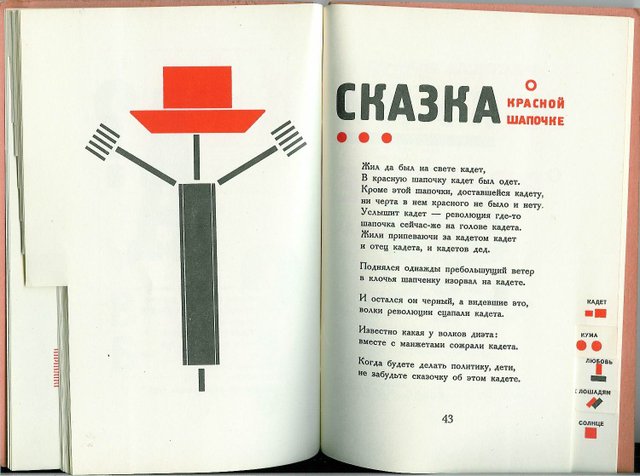Description
The work ** Illustration of 'For La Voz' by Vladimir Mayakovsky - 1920 ** of El Lissitzky is an outstanding example of Russian constructivism and prolific synthesis between art and literature. The Lissitzky, a prolific painter, graphic designer and architect, was a key figure in the artistic avant -garde movement in Russia during the first decades of the twentieth century. In this collaboration with the poet Vladimir Mayakovsky, you can see how both artists managed to transcend the barriers between different art forms while promoting the revolutionary ideology that marked that time.
At first glance, the composition stands out for its austerity and geometric precision, distinctive characteristics of constructivism. The visual environment of the Enlightenment is dominated by a clear white background, which suggests a sheet of paper, a deliberate wink towards the written word. On this neutral base, typographic elements in red and black overlap, creating a direct and forceful visual impact. The colors are not casual: red, a color of great symbolic relevance in the revolutionary context, contrasts with black, providing a balance that dynamizes the composition.
There is no presence of characters in this image, which diverts attention to graphic and typographical elements. The absence of human figures focuses on the interaction of text and form, evidence of Lissitzky's interest in decomposing and reconfiguring the conventional language of the Enlightenment. The letters and numbers not only communicate numerical words and values, but become protagonists of an abstract visual narrative. This arrangement of forms and letters suggests, more than it represents, a frantic dance, resonant with the energy and combative tone of Mayakovsky's poetry.
Chromatic simplicity is misleading, because after it a complexity of meanings and a sophisticated understanding of color theory and graphic design are hidden. Liters of red ink delineate angular forms that seem to radiate movement and urgency, and firm black lines reinforce visual stability, anchoring the composition.
When contemplating this Enlightenment, it is essential to appreciate how Lissitzky transcends the mere aesthetics to project a message of modernity and social change. The work is not simply an illustration, but encapsulates the essence of the time, turning the page into a cultural artifact that reflects both the revolutionary context and artistic innovation.
It is impossible to examine this work without considering its relationship with other pieces created by Lissitzky in collaboration with prominent figures of the Russian avant -garde. For example, its "Prouns" series (projects for the affirmation of the new), although formally divergent, shares with the illustration of for the voice a deep exploration of the spatial possibilities and an inquiry about the boundaries between art and Architecture. It is also possible to mention his collaboration with Kazimir Malevich, whose suprematist influences become evident in Lissitzky's predilection due to pure geometric shapes and reduction to a blunder of forceful colors.
The illustration for voice is, without a doubt, a seminal artifact that not only illustrates a poetic text, but also captures the convergence of literature and graph in a time of creative fervor and political seizure. It is a palpable testimony of the Lissitzky ingenuity and its ability to transform the visual narrative of the twentieth century.
KUADROS ©, a famous paint on your wall.
Hand-made oil painting reproductions, with the quality of professional artists and the distinctive seal of KUADROS ©.
Art reproduction service with satisfaction guarantee. If you are not completely satisfied with the replica of your painting, we refund your money 100%.

